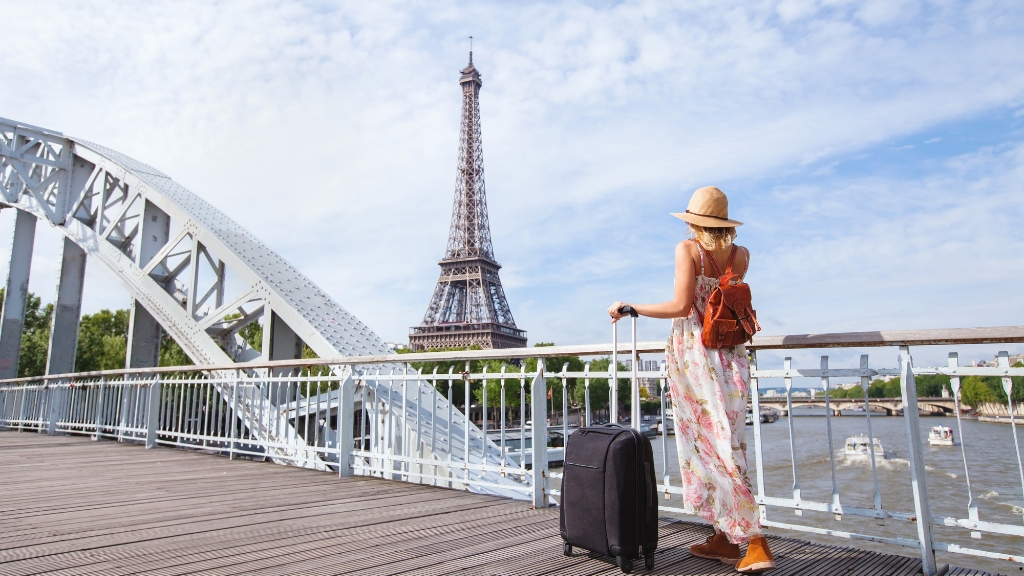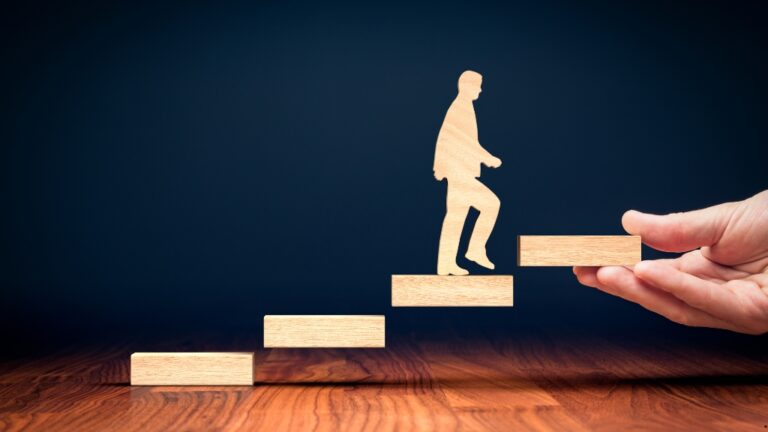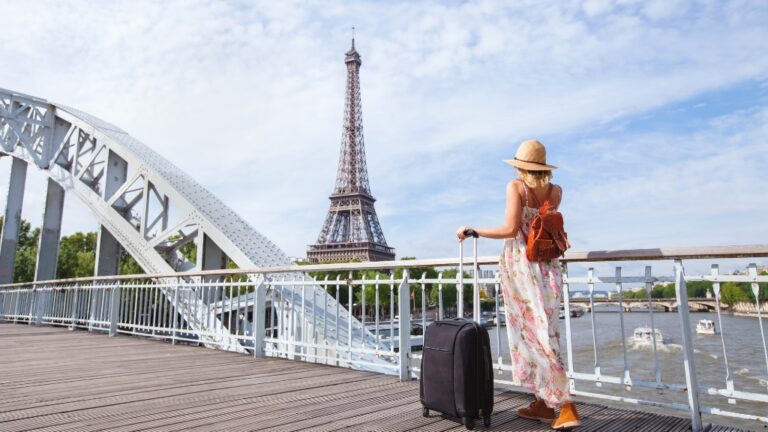
Every four years, the Olympics captivate the world, showcasing not just athletic excellence but also the evolving definition of peak fitness. From Tokyo’s cutting-edge training techniques to Paris’s preparations for the next games, the Olympics set the benchmark for what it means to push human limits. It’s fascinating how these global events don’t just inspire athletes but also reshape fitness trends for everyday people.
I’ve always been intrigued by how the Olympics influence everything from workout routines to gym technology. The ripple effect is undeniable—what starts as elite-level training often trickles down to the fitness industry, impacting how we approach health and performance. As cities like Tokyo and Paris take center stage, they highlight how cultural and technological shifts shape the way we think about fitness on a global scale.
The Evolution Of The Olympics: From Tokyo To Paris
The journey from Tokyo to Paris marks a significant shift in Olympic history, reflecting evolving fitness ideals and global athletic standards. Each host city leaves its mark on the games, shaping cultural and fitness narratives worldwide.
Historical Significance Of The Tokyo Olympics
The Tokyo Olympics in 2021 showcased resilience amidst global challenges, symbolizing unity in a fragmented world. Advances in athlete preparation highlighted key changes in fitness standards. For example, innovation in recovery methods like cryotherapy and wearable tech demonstrated a heightened focus on science-backed performance optimization.
The event also emphasized inclusivity, featuring new events such as skateboarding and sport climbing, which appealed to younger demographics. These additions broadened the definition of athletic excellence, blending traditional sports with modern disciplines.
Anticipating The Paris Games And Their Impact
The 2024 Paris Olympics are set to influence global fitness trends further by integrating sustainability and accessibility. Paris organizers plan to include groundbreaking concepts such as urban sport venues and eco-friendly facilities. For instance, a portion of the events will take place at iconic locations like the Place de la Concorde, merging culture with athleticism.
The return of breakdancing as a competitive sport reflects an ongoing shift toward urban and creative expressions of fitness. These changes, paired with expectations for reduced carbon footprints, will likely redefine how global audiences perceive both athleticism and physical activity. The preparations hint at a broader cultural shift where fitness aligns closely with environmental consciousness and artistic diversity.
The Global Fitness Standards Set By The Olympics
The Olympics consistently set benchmarks for fitness, influencing both competitive athletes and general fitness enthusiasts. Each host city contributes unique advancements that redefine global athletic expectations.
How Tokyo Inspired A Fitness Revolution
Tokyo 2021 introduced targeted innovations that reshaped modern fitness approaches. The inclusion of sports like skateboarding and sport climbing highlighted functional training emphasizing balance, agility, and core strength. These elements reflected a shift from traditional cardio and weight training toward more dynamic, adaptable movements.
Advancements in sports technology also emerged, including wearable devices for real-time biometric tracking. These tools, designed for Olympians, filtered into consumer markets, promoting data-driven fitness. Cryotherapy chambers and oxygen-enriched recovery protocols, initially exclusive to athletes, gained popularity in gyms and wellness centers worldwide, underscoring Tokyo’s influence on recovery-focused fitness.
The Tokyo Games celebrated inclusivity, inspiring adaptive fitness programs for individuals with varying abilities. This broadened the definition of fitness to prioritize accessibility and personalization, creating a more inclusive global fitness culture.
Paris’ Role In Shaping Future Standards
The Paris 2024 Olympics emphasize sustainability and creativity in athleticism, steering global fitness trends in new directions. Urban sports like breakdancing are not only returning but encouraging fitness as a form of artistic self-expression. This sets a new precedent where movement aesthetics coexist with athletic performance.
Paris also prioritizes environmental consciousness, with eco-friendly facilities and urban venues designed to promote communal fitness. Concepts such as outdoor gyms and public yoga spaces align physical health with environmental care, making fitness inclusive and environmentally responsible.
The integration of technology in Paris extends Tokyo’s legacy. Plans include virtual fitness challenges that connect global participants while promoting sustainable urban living. This fosters a global sense of community, reflecting Paris’ commitment to accessible, forward-thinking fitness that evolves beyond traditional definitions.
The Role Of Technology In Fitness And Training
Technology plays a pivotal role in transforming fitness and training, especially when viewed through the lens of Olympic advancements. From groundbreaking tools at the Tokyo Games to anticipated innovations in Paris, technology continues reimagining global athletic standards.
Innovations Introduced At Tokyo
Tokyo’s Olympic Games highlighted how cutting-edge technology elevates athletic performance. Wearable devices like smartwatches and biometric sensors provided real-time data on heart rate variability, hydration, and muscle recovery. For example, athletes used WHOOP bands to fine-tune their rest cycles based on collected data.
Cryotherapy chambers, which utilize extreme cold to accelerate muscle repair, gained attention during training camps. These facilities encouraged faster recovery periods, especially after high-intensity events. Virtual reality (VR) also enabled skill-specific simulation for sports like rowing and archery, offering athletes immersive practice environments without physical setups.
Beyond the elite, these innovations entered mainstream fitness markets. Wearables became essential for gym-goers, while recovery-focused tools like muscle massage guns and compact cryotherapy kits grew in popularity.
Expected Technological Advances In Paris
Paris is anticipated to redefine tech integration in fitness and training. Eco-friendly fitness technologies will likely dominate Olympic venues, aligning with the event’s sustainability goals. For instance, energy-generating gym equipment that converts kinetic energy into usable power may feature prominently in training facilities.
Artificial intelligence (AI) is expected to enhance athlete monitoring systems. Prediction models could analyze performance trends and injury risks more accurately, boosting preventive care strategies. Public accessibility to AI-powered apps may encourage personalized fitness plans, promoting broader participation.
Paris also plans to leverage augmented reality (AR) for fan interaction and remote fitness integration. Virtual challenges and augmented training scenarios are set to bridge physical competition with global audiences, normalizing tech-driven engagement in community-oriented fitness.
Cultural Exchange And Fitness Trends
The Olympics serve as a platform for cultural exchange, significantly influencing global fitness behaviors. Practices from Tokyo and Paris have shaped modern exercise norms, blending traditional elements with innovative approaches.
Influence Of Japanese Fitness Ideals
Japanese fitness culture emphasizes discipline and efficiency, which gained global attention during the Tokyo Olympics. Techniques such as Tabata, a time-efficient high-intensity interval training, originated in Japan and are now widely adopted in gym routines worldwide. I observed Japan’s focus on recovery practices, like onsen baths and stretching rituals, reflected in post-workout trends globally. Additionally, the integration of mindfulness through practices like Tai Chi influenced hybrid fitness programs combining mental and physical wellness.
Parisian Contributions To Global Exercise Practices
Paris highlights a creative approach to fitness, combining urban vibrancy with inclusivity. For example, the Paris 2024 Olympics’ urban venues promote outdoor sports like skateboarding and parkour, encouraging active city lifestyles. I’ve also noticed Paris’s emphasis on aesthetics and functionality influencing gym designs, where natural lighting and open spaces become standard. The inclusion of breakdancing as a competitive sport underscores a cultural shift, with Paris championing fitness as an artistic expression that resonates with diverse communities.
The Olympics As A Catalyst For Global Fitness Awareness
The Olympics ignite an international appreciation for fitness. They inspire a collective focus on physical well-being and redefine global standards for health through widespread visibility.
Engaging Communities Worldwide
The Olympics connect people globally through sports, fostering shared enthusiasm for fitness. Events like the Tokyo Olympic skateboarding debut brought younger audiences closer to athleticism by showcasing relatable, urban fitness disciplines. Paris aims to expand this engagement through accessible urban spaces like outdoor gyms and digital platforms hosting virtual challenges. These efforts encourage community-level participation, making fitness aspirational yet achievable for diverse populations.
Community interaction also bolsters local fitness by mainstreaming global trends. For example, Olympic-led exposure to functional training, as seen in events like weightlifting or gymnastics, influences fitness classes worldwide. This collective adoption highlights how the games bridge global fitness ideals with local practices.
Promoting Inclusion And Accessibility In Fitness
The Olympics emphasize inclusivity, making fitness more attainable and equitable. By introducing adaptive sports like wheelchair basketball and promoting diverse body types across events, the games destigmatize varying fitness levels. Tokyo’s focus on mental health narratives further broadened fitness awareness, proving that health isn’t limited to physical capability.
In Paris, innovations include eco-friendly, barrier-free venues and programs ensuring accessibility for underrepresented groups. Such projects cater to athletes and spectators alike, fostering a universal approach to fitness. The integration of urban sports like breakdancing aligns with this vision, promoting creative physical expression in underprivileged communities while challenging conventional fitness norms. Through these inclusive measures, the games create a fitness culture where everyone belongs.
Conclusion
The Olympics continue to redefine global fitness, blending tradition with innovation to inspire new standards of health and performance. From Tokyo’s resilience to Paris’ focus on sustainability and creativity, these games shape how we view fitness in our daily lives.
I’m excited to see how Paris’ emphasis on accessibility, technology, and cultural expression will impact fitness trends worldwide. The Olympics remind us that fitness is more than competition—it’s a universal language connecting us all.



